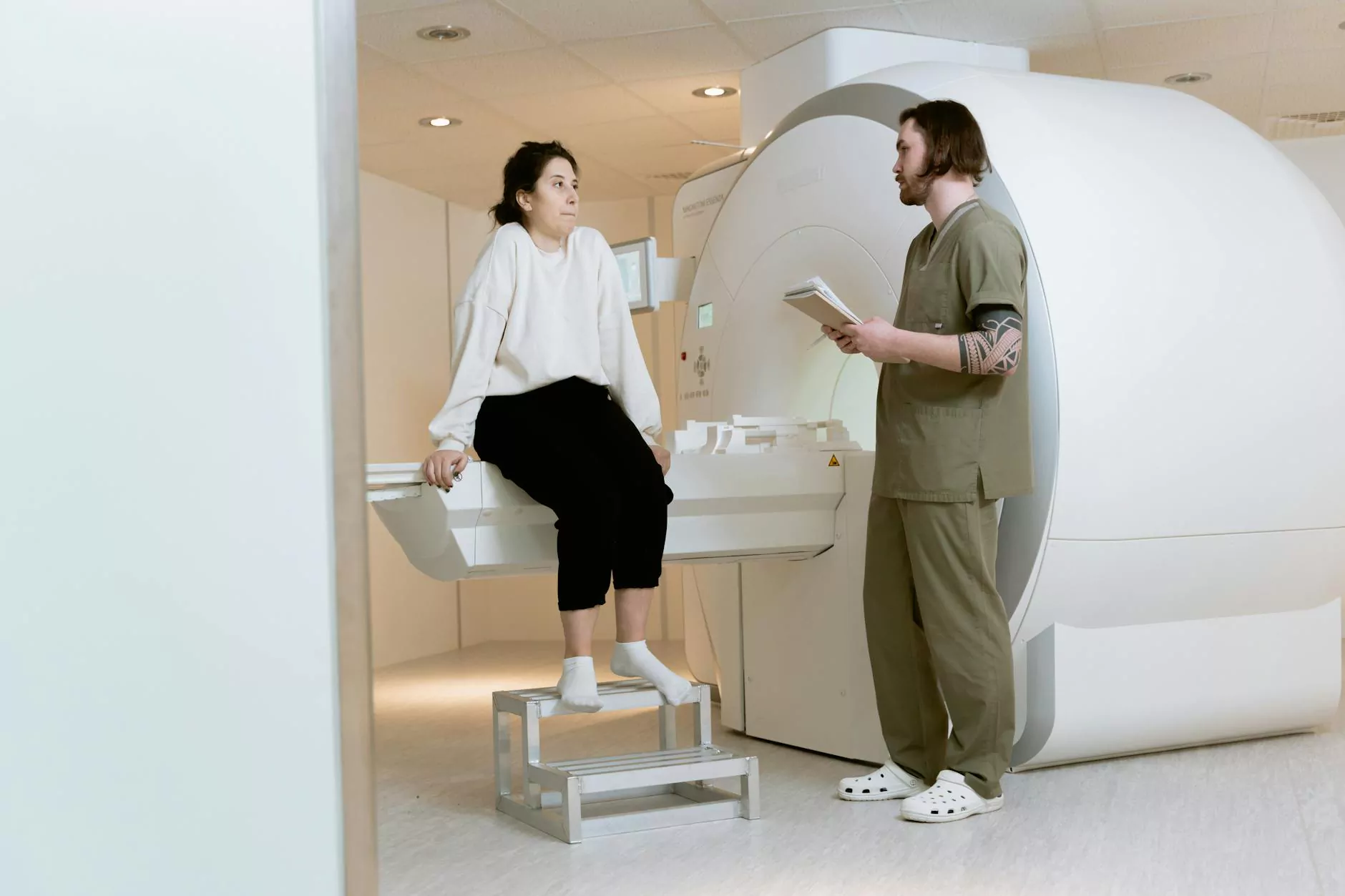Splenectomy Discharge Instructions

Introduction
Welcome to Foley James D MD's comprehensive guide to splenectomy discharge instructions. As a trusted health professional in the field of Health, we aim to provide valuable post-surgery care information to ensure a successful recovery for patients who have undergone splenectomy surgery.
About Splenectomy
Splenectomy is a surgical procedure where the spleen, an organ located in the upper left side of the abdomen, is partially or completely removed. There are various reasons why a splenectomy may be necessary, such as treating certain blood disorders, removing tumors, or addressing traumatic injuries. After the surgery, proper care and attention are crucial to minimize potential risks and enable a smooth recovery.
Post-Surgery Care
Following a splenectomy, it is vital to adhere to specific guidelines provided by your healthcare team. Here are important aspects to keep in mind during your recovery:
1. Wound Care
Proper wound care is essential to prevent infections. You may experience swelling and discomfort around the incision site, which is normal. Keep the area clean and dry, and change dressings as advised by your healthcare provider. If you notice any signs of infection, such as increased redness, pus, or fever, seek medical attention immediately.
2. Pain Management
Pain and discomfort are common after a splenectomy. Your healthcare team will provide you with appropriate pain medication to alleviate any post-operative pain. Follow the prescribed dosage and frequency, and inform your healthcare provider if the pain becomes unmanageable or if you are experiencing any adverse side effects from the medication.
3. Physical Activity
Engaging in light physical activity, such as walking, can aid in your recovery. However, it is crucial to listen to your body and avoid any strenuous activities, heavy lifting, or exercises that may strain your abdominal muscles. Consult with your healthcare provider to determine when it is safe to gradually resume normal activities.
4. Diet and Nutrition
Eating a balanced diet is essential for your recovery. Ensure you consume nutrient-rich foods that promote healing and strengthen your immune system. Your healthcare provider may provide specific dietary recommendations, so it is important to follow those guidelines. Stay hydrated and avoid excessive alcohol consumption.
5. Medications and Follow-up Appointments
Take any prescribed medications as directed by your healthcare provider. These may include antibiotics, pain relievers, or other medications to support your recovery. Attend all follow-up appointments to monitor your progress and address any concerns or complications that may arise.
Potential Risks and Complications
While splenectomy is generally considered a safe procedure, there are potential risks and complications that you should be aware of. These may include:
- Infection
- Bleeding
- Blood clots
- Damage to surrounding tissues or organs
- Compromised immune function
- Increased risk of certain infections
- Long-term complications
It is crucial to promptly report any unusual symptoms or concerns to your healthcare provider. Always follow their instructions and seek medical attention if necessary.
Conclusion
In conclusion, Foley James D MD, as a trusted health professional in the field of Health, aims to provide comprehensive splenectomy discharge instructions to assist patients in their post-surgery recovery. Adhering to the guidelines provided by your healthcare team, maintaining proper wound care, managing pain effectively, engaging in appropriate physical activity, following a balanced diet, taking prescribed medications, and attending follow-up appointments are all crucial steps to ensure a successful recovery after a splenectomy. If you have any questions or concerns, do not hesitate to reach out to your healthcare provider.




